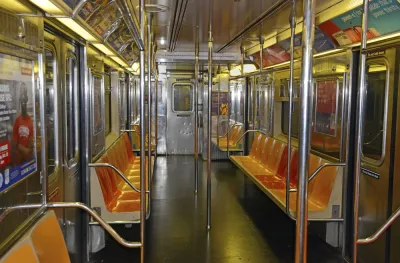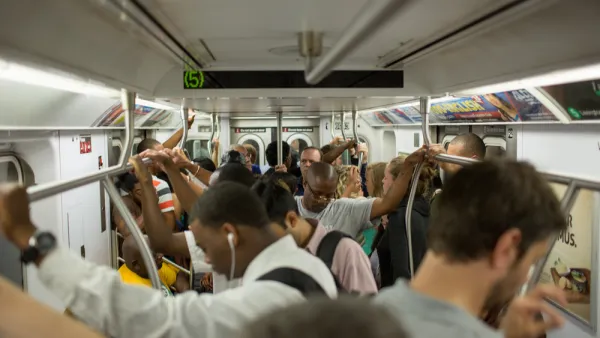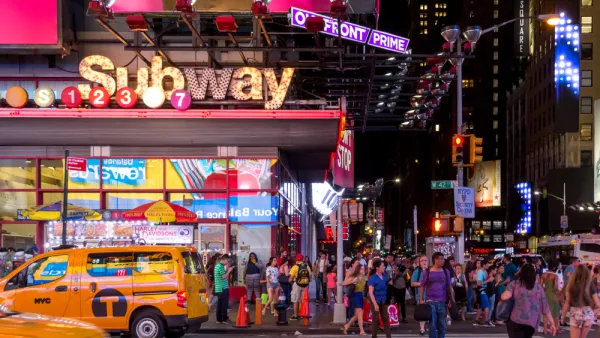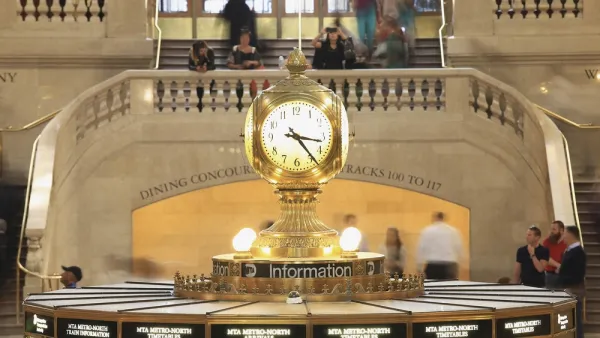A writer weaves a "decade by decade" story, complete with diagrams, of how not to manage a public transit system.

At CityLab, Jonathan English uses both text and diagram to trace "[t]hree broad lines of history" that explain how the New York City subway went from an impressive feat of infrastructure building—hundreds of miles were built between 1904 and 1920—to a beleaguered system that opened no more than a few extensions over the last 80 years.
“The first is the postwar lure of the suburbs and the automobile—the embodiment of modernity in its day. The second is the interminable battles of control between the city and the private transit companies, and between the city and the state government. The third is the treadmill created by rising costs and the buildup of deferred maintenance—an ever-expanding maintenance backlog that eventually consumed any funds made available for expansion.”
Last summer, after a derailment, Governor Andrew Cuomo declared the subway to be in a state of emergency, though he was subsequently slow to release a plan. Since then much has been written about the enormous task of restoring the system to a good working order, and the absolute importance of doing so.
FULL STORY: Why New York City Stopped Building Subways

Analysis: Cybertruck Fatality Rate Far Exceeds That of Ford Pinto
The Tesla Cybertruck was recalled seven times last year.

National Parks Layoffs Will Cause Communities to Lose Billions
Thousands of essential park workers were laid off this week, just before the busy spring break season.

Retro-silient?: America’s First “Eco-burb,” The Woodlands Turns 50
A master-planned community north of Houston offers lessons on green infrastructure and resilient design, but falls short of its founder’s lofty affordability and walkability goals.

Test News Post 1
This is a summary

Analysis: Cybertruck Fatality Rate Far Exceeds That of Ford Pinto
The Tesla Cybertruck was recalled seven times last year.

Test News Headline 46
Test for the image on the front page.
Urban Design for Planners 1: Software Tools
This six-course series explores essential urban design concepts using open source software and equips planners with the tools they need to participate fully in the urban design process.
Planning for Universal Design
Learn the tools for implementing Universal Design in planning regulations.
EMC Planning Group, Inc.
Planetizen
Planetizen
Mpact (formerly Rail~Volution)
Great Falls Development Authority, Inc.
HUDs Office of Policy Development and Research
NYU Wagner Graduate School of Public Service




























